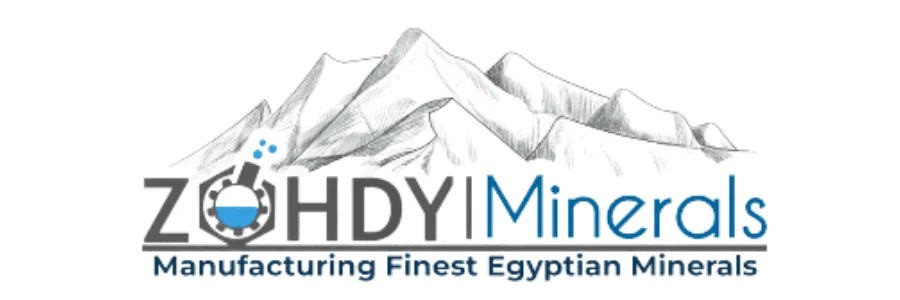Desalinated or ultra-soft water produced by water desalination plants cannot be used directly because it is unpleasant, corrosive and generally undesirable. Remineralization is crucial to overcome these issues. One of the most consistent and systematic methods used in the remineralization process is the contact of fermented (CO₂-saturated) desalinated water with residential-grade limestone. The dissolution of limestone provides two essential corrections to water chemistry: increased bicarbonate alkalinity and calcium content:
CaCO₃ + CO₂ + H₂O → Ca²⁺ + 2HCO₃⁻
The dissolution of limestone is a controlled, rate-limited process. Predicting the limestone dissolution rate is essential for designing and reliably operating a limestone contactor system.
A basic review of various kinetic expressions available in the literature for this reaction reveals significant discrepancies in the predicted results from different dissolution models. An exploratory investigation was conducted to determine the most reliable active decay (dissolution) model. Two experimental setups were created:
- One involved remineralizing refined water with low initial CO₂ concentrations (2.0–5.0 mmol/L)
- The other involved remineralizing acidic water with high initial CO₂ concentrations (1.2–2.2 mmol/L)
The CO₂-saturated water flowed through a 15-meter vertical column (2 mm internal diameter) filled with 2.32 mm calcite particles. It was observed that the variation in water chemistry along the column provided valuable differential and integral dissolution data.
The review showed that none of the existing models perfectly matched the experimental findings. The best fit was found with the Plummer et al. non-linear model, though it was only moderately accurate. At high CO₂ concentrations, this model overestimated dissolution rates by a factor of 2–4 and at low CO₂ levels, it overestimated them by a factor of 10–20.
Based on these findings, two models were developed for the design of limestone contactors:
- When CO₂ concentrations are above 2 mM, the limestone bed can be designed using a simplified core equation.
- However, when CO₂ is depleted to values well below 2 mM, the bed design requires numerical integration using the highest determined rate coefficient from this study.
Limestone contactors
Limestone contactors are widely used to adjust pH, add bicarbonates and calcium to acidic waters such as rainwater, groundwater or even reverse osmosis (RO) permeate. If the water does not contain aggressive CO₂, CO₂ gas must be injected before it enters the limestone filter.






